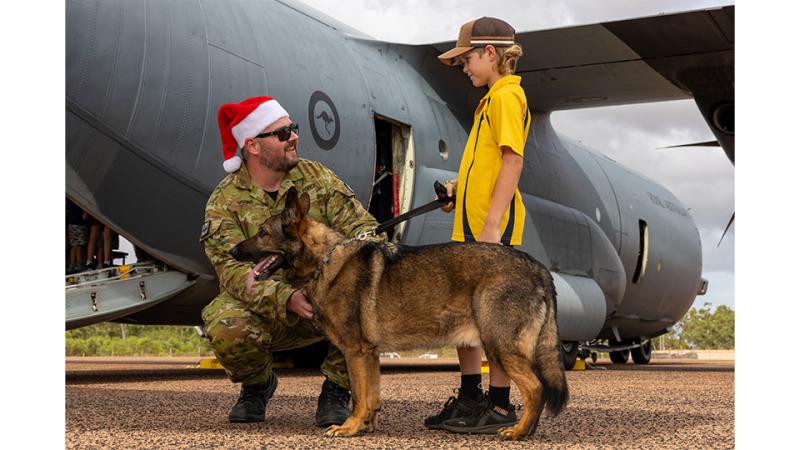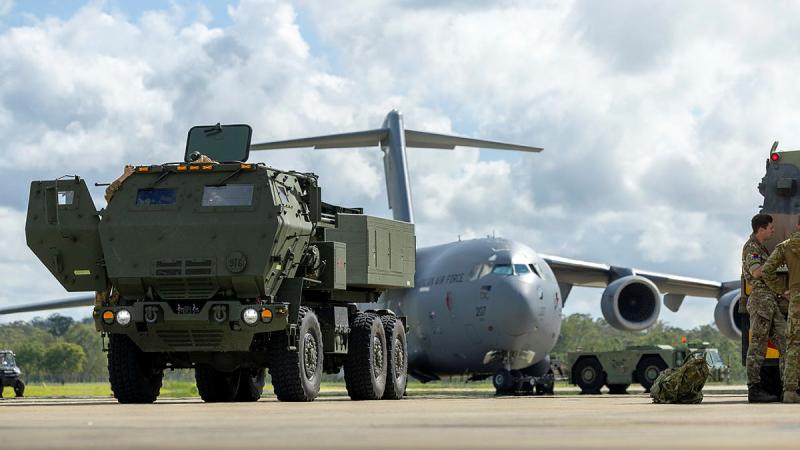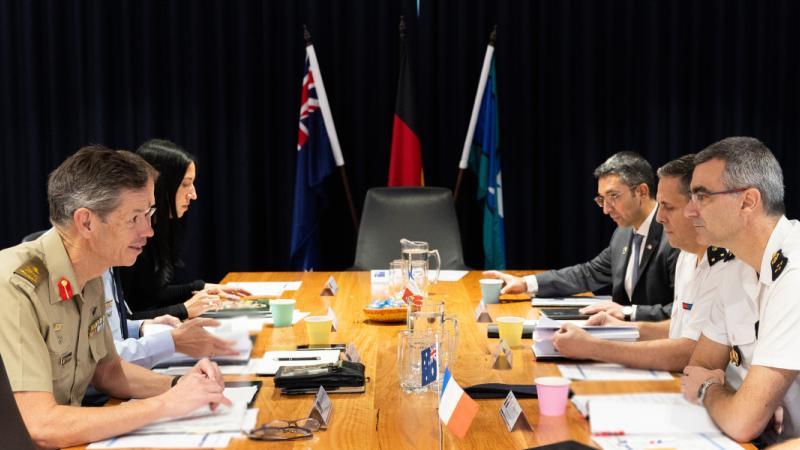28 July 2025
Specialists from the Royal Australian Air Force working alongside international partners have deployed with a Role 2 Hospital to RAAF Base Curtin in remote Western Australia for Exercise Talisman Sabre 2025.
The Role 2 Hospital provides a portable, persistent and paramount medical capability.
Intensive Care Nursing Officer and Health Performance coach Flight Lieutenant Ben Jenkins said it was an exceptional capability that the Air Force could deploy to austere locations.
“We have an emergency department, an intensive care unit, a full surgical suite, blood products, pathology and imaging; it really does it all,” Flight Lieutenant Jenkins said.
The Role 2 capability provides a service, not just for RAAF Base Curtin, but the entire theatre.
Exercise Talisman Sabre provided the opportunity to train ADF members while also providing a capability to the base.
“This capability looks after our members and creates peace of mind for the Commander on the ground to know that their people are looked after,” Flight Lieutenant Jenkins said.
“The team at RAAF Base Curtin has delivered high-quality, high-fidelity training that has pushed the Role 2 health capability very hard at all different times, day and night.”
In a first for RAAF Base Curtin, a live blood delivery of two units of fresh frozen plasma was transferred from Derby Hospital to the Role 2.
'We all speak the same language, we are all clinicians and professionals and we work together very well.'
As a live product delivered by the civil system to a military outpost, Air Force Security Forces provided an escort from Derby to the Role 2 hospital.
The success of the transfer was a huge milestone for 1 Expeditionary Health Squadron and Defence Health.
Another milestone was the inclusion of Royal Canadian Air Force (RCAF) specialists into the Role 2 Hospital team and a Challenger aircraft, integrated to provide support to aeromedical evacuation serials.
“We were able to simulate transporting a patient from the aircraft through to the Role 2 where they were met by the trauma team,” Flight Lieutenant Jenkins said.
“The patient then went from a simulated surgery, through to the intensive care unit where a handover was completed between teams.
“The patient was then returned to the RCAF Challenger and aeromedically evacuated for further care.”
Flight Lieutenant Jenkins further emphasised the importance of the integration between Australia and Canada to achieve successful training objectives.
“We have been able to go through some firsts with the Canadians, integrating their pieces of kit with ours to see how it goes on to the back of our G-Wagon ambulances,” Flight Lieutenant Jenkins said.
“We all speak the same language, we are all clinicians and professionals and we work together very well.”


